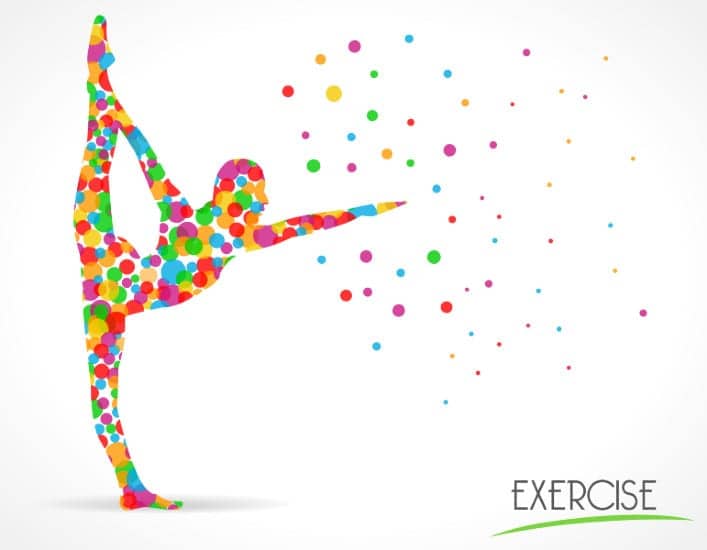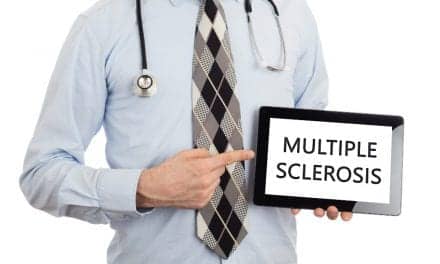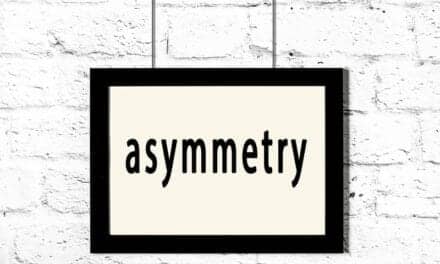What are the effects of a dance program called Movement to Music (M2M) and a yoga program called Adapted Yoga (AY) on the physical fitness of individuals with multiple sclerosis (MS)? Researchers set out to determine whether either program led to improved mobility, balance, or endurance.
The study, titled Dose-Response Effects of Transformative Exercise in Improving Health and Function in Adults with Stroke and Multiple Sclerosis and funded by the National Institute on Disability, Independent Living, and Rehabilitation Research (NIDILRR), included 81 people with MS. All participants had mild or moderate mobility limitations, but they were able to exercise using their arms, legs, or both. The participants were randomly divided into three groups: A Movement-to-Music (M2M) group, an Adapted Yoga (AY) group, and a control group who did not participate in an exercise program, a media release from National Rehabilitation Information center explains.
The participants in both the M2M and the AY groups participated in hour-long exercise classes 3 times per week for 12 weeks. The participants in the M2M group engaged in a series of dance exercises designed to improve their range of motion, balance, cardiovascular endurance, and strength in their arms and legs. The participants in the AY group engaged in traditional yoga routines that used various stationary poses along with relaxation techniques to obtain specific body alignments.
For both the M2M and the AY classes, the exercises became progressively more challenging over time. Both classes offered adaptations for participants’ level of mobility. For example, the participants in the M2M group could use a dance barre for assistance, or they could perform some of the movements while seated if they had difficulty standing for long periods of time. The participants in the AY group were offered straps or a chair for support if needed.
The participants in the control group did not attend any exercise classes. Instead, they received newsletters in the mail twice each month with general information about living with MS. The participants in the control group were instructed to keep up their usual physical activities.
Before and after the 12-week study, the participants in all three groups completed three physical fitness tests. First, the participants completed the “Timed Up and Go” test to test their mobility and balance. The researchers measured how long the participants took to stand up from a chair, walk a distance of 3 meters, turn around, walk back, and sit down.
Second, the participants completed the “6-Minute Walk Test” to test their endurance. The researchers measured the distance the participants could walk in a 6-minute time period. Finally, the participants completed the “Five Times Sit-to-Stand Test” to test their leg strength, where they were timed in how long it took for them to stand up and sit down five times, the release continues.
The researchers found that, between the beginning and end of the study period, the participants in the M2M group showed substantially more improvement in their mobility and balance and in their endurance compared to the control group. The participants in the AY group showed no improvement in these areas compared to the control group. Both M2M and AY groups showed no improvement in their leg strength compared to the control group.
The M2M program was designed to target mobility through enhancing range of motion, strength, endurance, and balance. In this study, the participants who engaged in M2M showed improved mobility, balance, and endurance after 12 weeks of practice, while the participants who engaged in adapted yoga did not show measurable improvements in these areas.
The authors suggest that the rhythmic-based program may have been beneficial because it involved more dynamic movements, where the AY program consisted of more stationary poses. Another explanation could be that the yoga program may not have specifically targeted mobility or endurance. Future research may be useful to identify the role of rhythmic movement and music as part of exercise programs for people with MS.
Rehabilitation providers may wish to consider developing exercise programs that incorporate music and dance, and that target muscle strengthening, endurance, and balance to improve overall physical fitness for people with MS, the researchers note, in the release.
The study was published recently in Archives of Physical Medicine and Rehabilitation.
[Source: National Rehabilitation Information Center]





